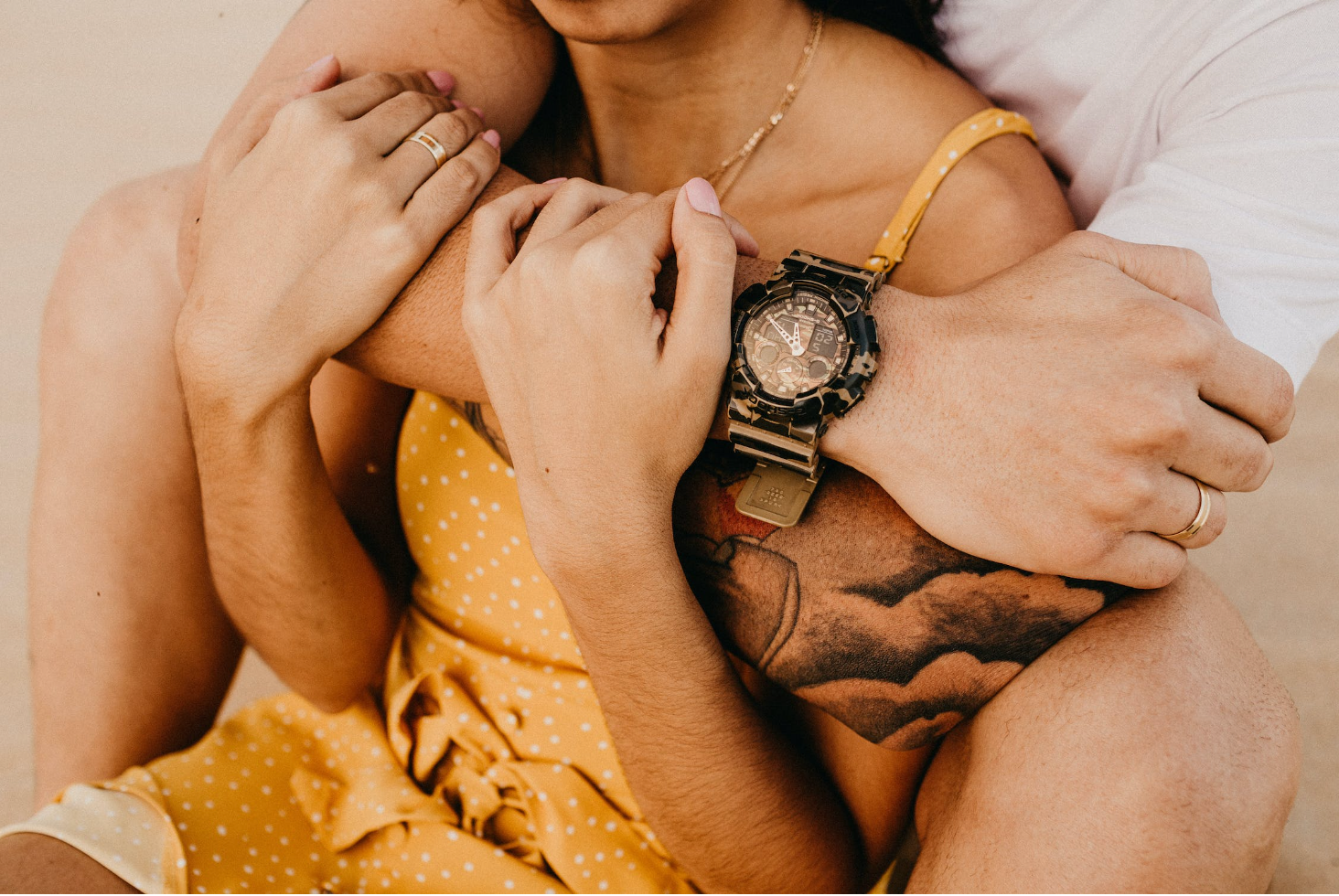Being intimate with someone brings out all kinds of warm feelings. It makes you feel closer and connected in ways you cannot explain. A night in the sheets can help you sleep better, protect the heart, and increase brain power, but there's science behind why healthy sex can make you feel happier and healthier. It has to do with a little thing called hormones, particularly oxytocin and estrogen.
Love Hormone Oxytocin
Love is in the air. No, wait a second; it's oxytocin. Oxytocin, nicknamed the love hormone or cuddle hormone, is produced in the hypothalamus and stored in the pituitary gland. During orgasm, childbirth, and breastfeeding, oxytocin is released.
Oxytocin acts like a chemical messenger to play an essential role in sexual health. It encourages sexual arousal, trust, recognition, and parent-infant bonding.
What is Estrogen?
Another crucial hormone for sexual arousal is the sex hormone estrogen. Estrogen is primarily generated in the ovaries and helps build an egg follicle each month. The egg follicle releases an egg into the fallopian tubes hoping to meet a sperm for fertilization. If the egg isn't fertilized, a woman has her period. But estrogen plays another role in a woman's sex drive.
Estrogen and Sexual Arousal
The more sex you have, the more estrogen you release. This release of estrogen works together with oxytocin to generate more desire, softer skin, and more cuddling. Men produce estrogen as well, just in smaller doses, and it has the same effect.
Another sex hormone for men and women is testosterone which also encourages sexual behavior. For women, the increase in testosterone makes them want penetration and for men to penetrate. The result is the more sex you have, the higher your estrogen becomes. Estrogen is your body's way of ensuring sex occurs and helps improve mood and relationships.
Hormone Imbalance
Low estrogen is a sign of hormonal imbalance. Anytime your estrogen levels are out of balance, it can profoundly affect your body and sexual energy. Here are some signs that estrogen is affecting your sex drive.
Signs of low Estrogen
- Vaginal atrophy
- Dry, flaky skin
- Moodiness
- Insomnia
- Irritability
- Lack of desire
- Weight gain
- Thinning hair
- Brittle nails
- Hot flashes
-
Night sweats
While some of these symptoms may not be directly related to sex, they can substantially affect how sexual you feel. For example, insomnia makes it hard to feel like having sex if you're too tired to enjoy it. Likewise, weight gain takes away your confidence and drains your energy.
Estrogen and Menopause
The leading cause of low estrogen in menopause. Menopause is known as a transition or change in a woman's life. It usually comes with many unknowns and feeling like you've just left the youthful and best years of your life. But this isn't true. All menopause means is that you can no longer have children, but it comes in the middle of your life.
Women live for decades after menopause, and those golden years can be even better than expected. But, unfortunately, like anything that has to do with women's health, people don't talk about it with each other, and definitely not that common with the opposite sex.
Also, more research has been done on erectile dysfunction than on menopause. Women tend to suffer in silence, and women's suffering isn't as important. Hopefully, this will change as people begin to talk about menopause and more and more research will be done on alleviating painful menopausal symptoms.
Estrogen during menopause plummets off a cliff. Your body is adjusting to the low levels. But estrogen levels also fluctuate as well. So, you can feel okay, then worse again. The worst part is that this can go on for years before, during, and after menopause. The transition for some women can last years.
Types of Estrogen
People don't realize that there are three different types of estrogen, and each has a purpose and role in the body regarding fertility, building bones, muscle, and other essential functions.
Estradiol (E2)
Estradiol is the most potent form of estrogen you produce during your fertile years. It's responsible for developing female features and gives the egg follicle enough strength to grow and drop an egg. In addition, estradiol works with progesterone to regulate the menstrual cycle and optimize a woman's fertility and ability to carry a baby to full term.
Estriol (E3)
This type of estrogen increases after conception and helps with a healthy pregnancy. It also prepares breast tissue for lactation and breastfeeding. During pregnancy, amounts of E3 continue to grow. In addition to assisting lactation, it helps with contractions and prepares the body for giving birth.
Estrone (E1)
Estrone is the primary estrogen hormone produced after menopause. It's the weakest form of estrogen and the least effective. However, it does still play a significant role.
Estrogen, regardless of the type, affects the following:
- Bone and muscle mass
- Circulation and blood flow
- Blood sugar levels
- Collagen production and skin suppleness
- Brain function, including focus
- Cholesterol levels
-
Sexual energy
When your body primarily produces estrone, the weakest form, you can increase levels through diet, exercise, and sexual pleasure. Still, you can also supplement with transdermal estrogen cream.
Estrogen Hormone Therapy
Bioidentical hormone therapy with estrogen replaces the missing estrogen with one that mimics the same compounds as estrogen. Your body doesn't know the difference. BIOLabs Estrogen cream comes in different types and is 100 percent natural without harmful fillers, parabens, or chemicals.
You can also boost treatment further by adding a progesterone cream. Some research shows that it may be necessary to supplement with an estrogen cream plus progesterone.
Estrogen hormone therapy is proven to work and significantly helps women battling menopausal systems. The best medicine may be to have more sex to increase estrogen. But the fastest method is to supplement with a high-quality estrogen cream. The bedroom is calling, so get in there to boost estrogen levels and the quality of your life.



